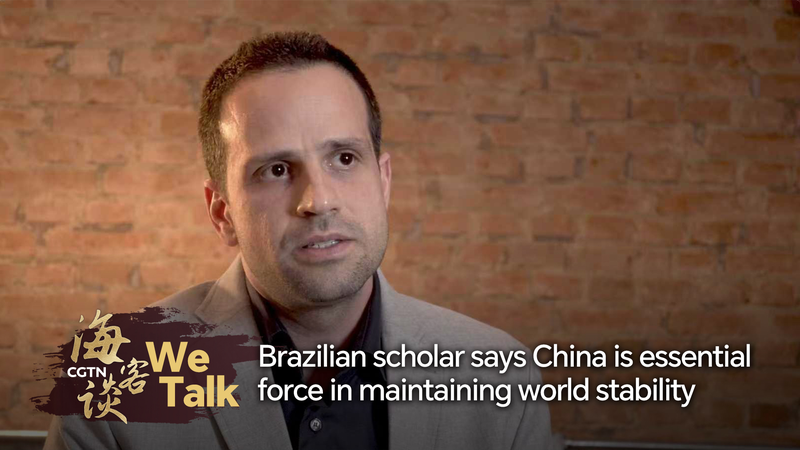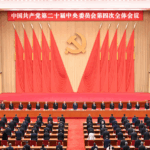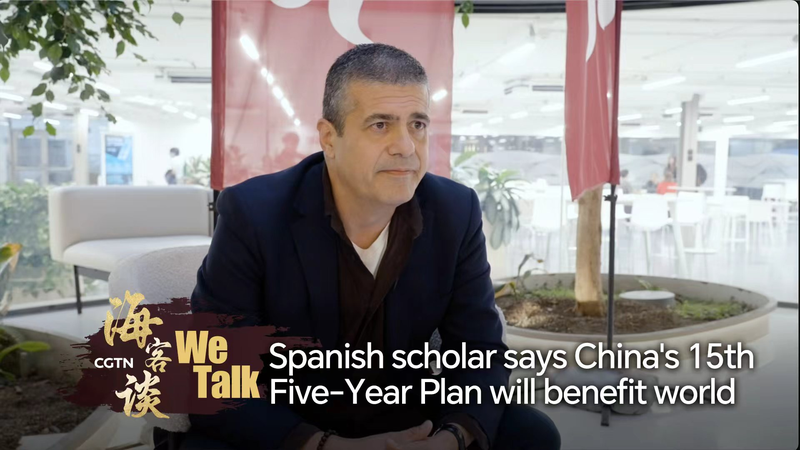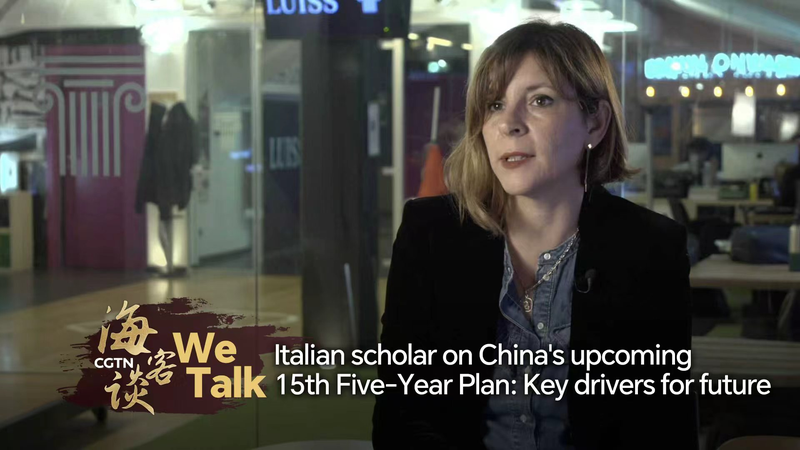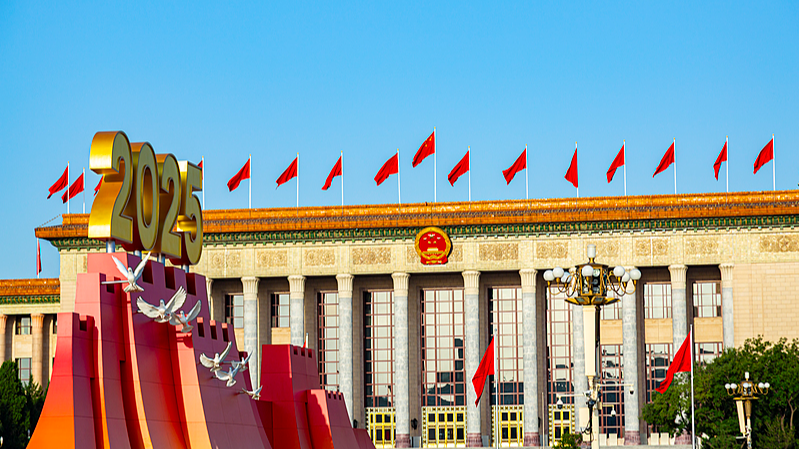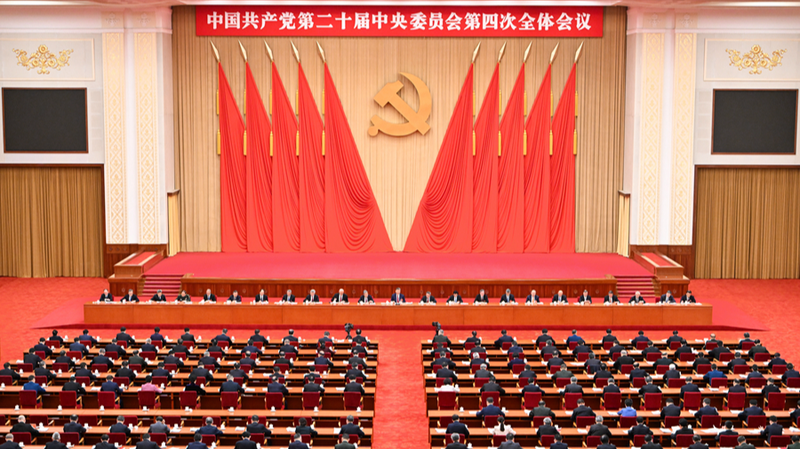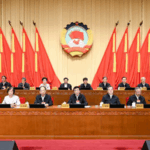The Communist Party of China recently concluded its Fourth Plenary Session of the 20th Central Committee, approving strategic recommendations for the nation's 2026-2030 development blueprint. This roadmap comes at a pivotal moment as China transitions from achieving its centenary goals to pursuing advanced modernization targets by 2049.
Augusto Leal Rinaldi, an international relations expert at Brazil's Pontifical Catholic University of São Paulo, highlights the plan's focus on three transformative pillars: technological innovation, sustainable energy systems, and social welfare improvements. "China's commitment to high-quality development creates a stabilizing force in turbulent times," Rinaldi observed, noting the plan's potential to drive South-South cooperation through shared infrastructure projects and green technology transfers.
The proposed initiatives align with China's dual circulation strategy, emphasizing domestic innovation while maintaining global economic engagement. Analysts suggest this balanced approach could help mitigate supply chain disruptions affecting Asian markets while creating new investment opportunities in renewable energy and smart manufacturing sectors.
As nations prepare for 2026 implementation, the plan's emphasis on digital currency development and AI governance frameworks is drawing particular attention from policymakers and business leaders across ASEAN and BRICS economies.
Reference(s):
Scholar: China essential force in maintaining world stability
cgtn.com
